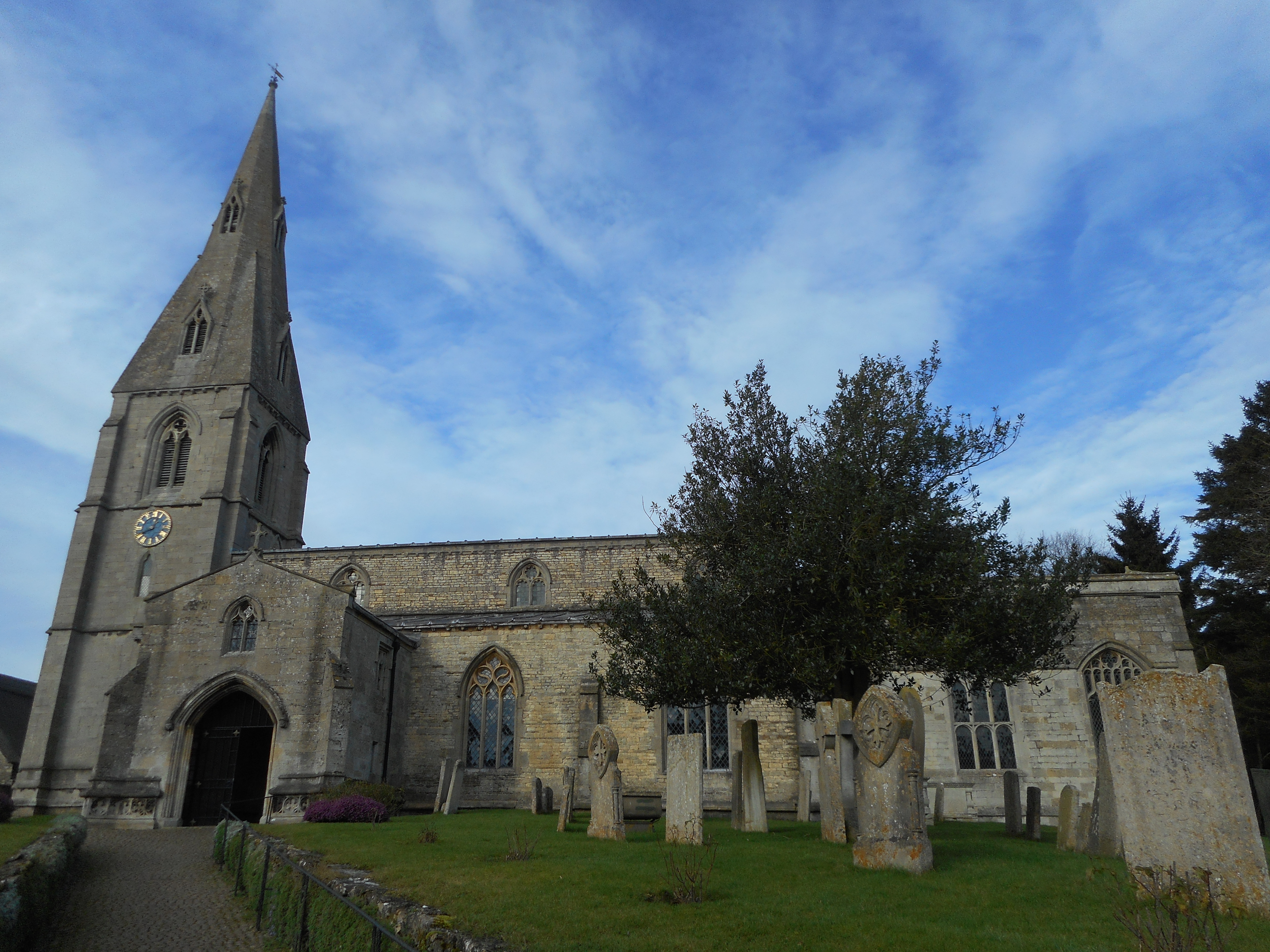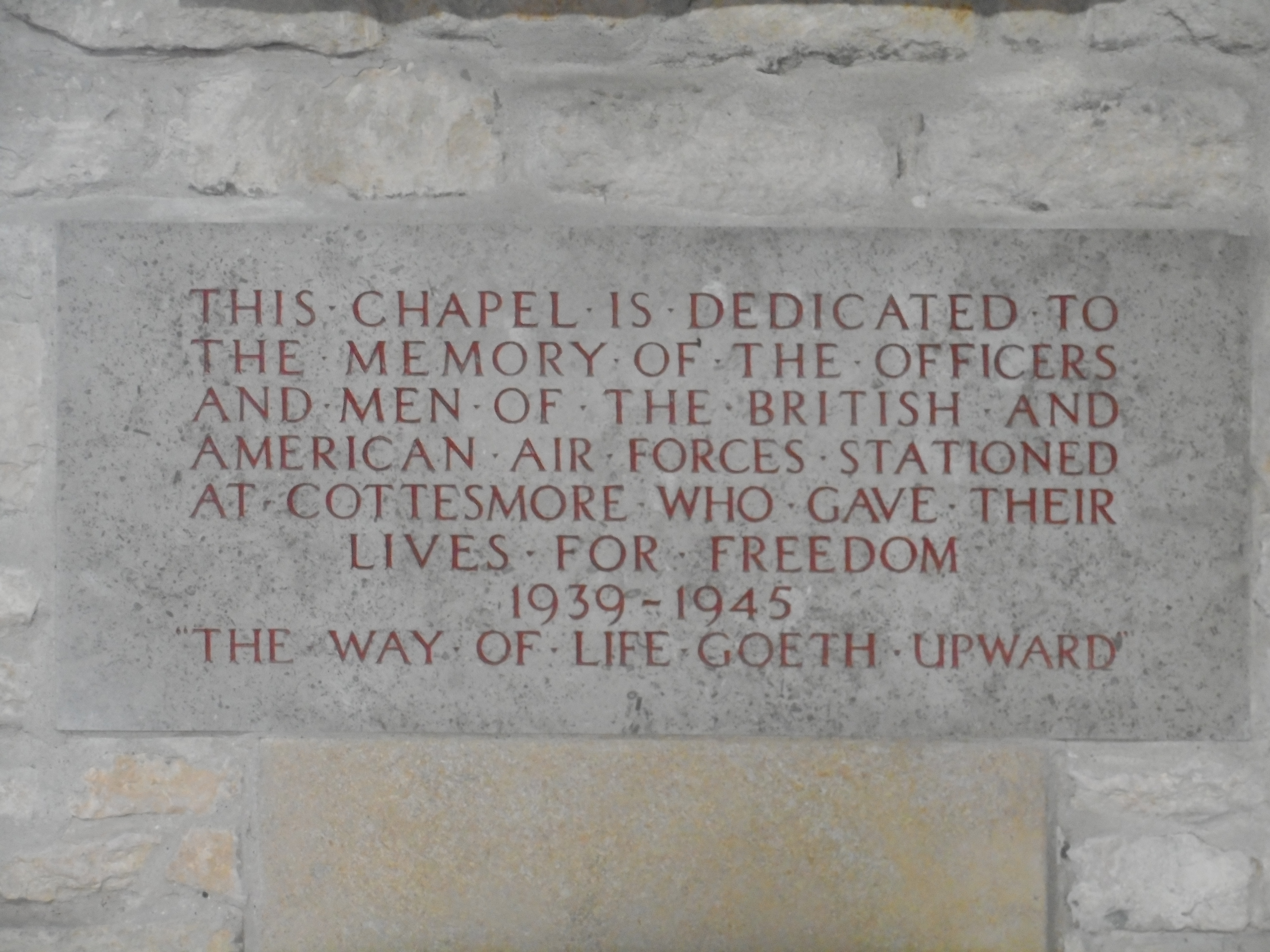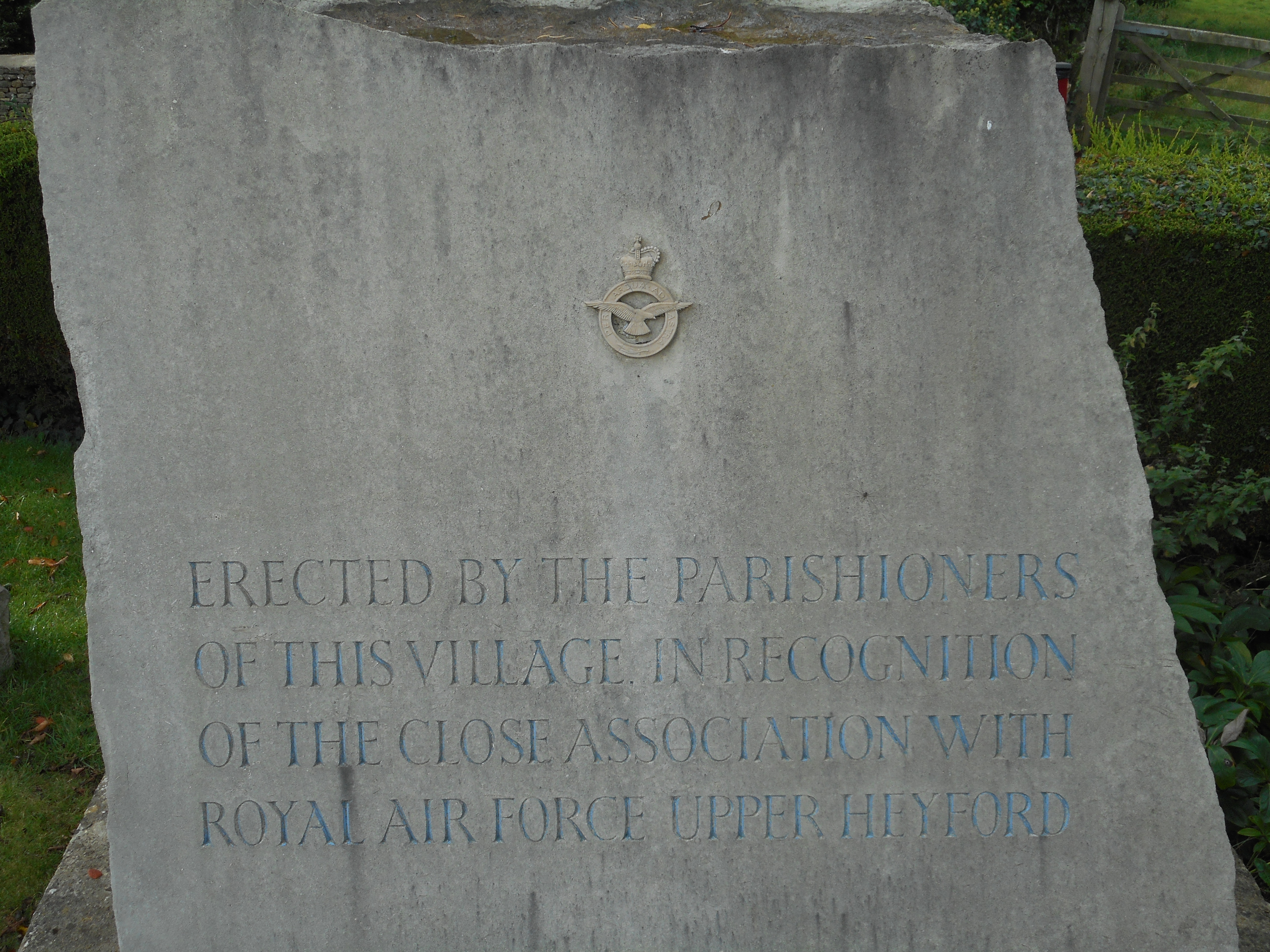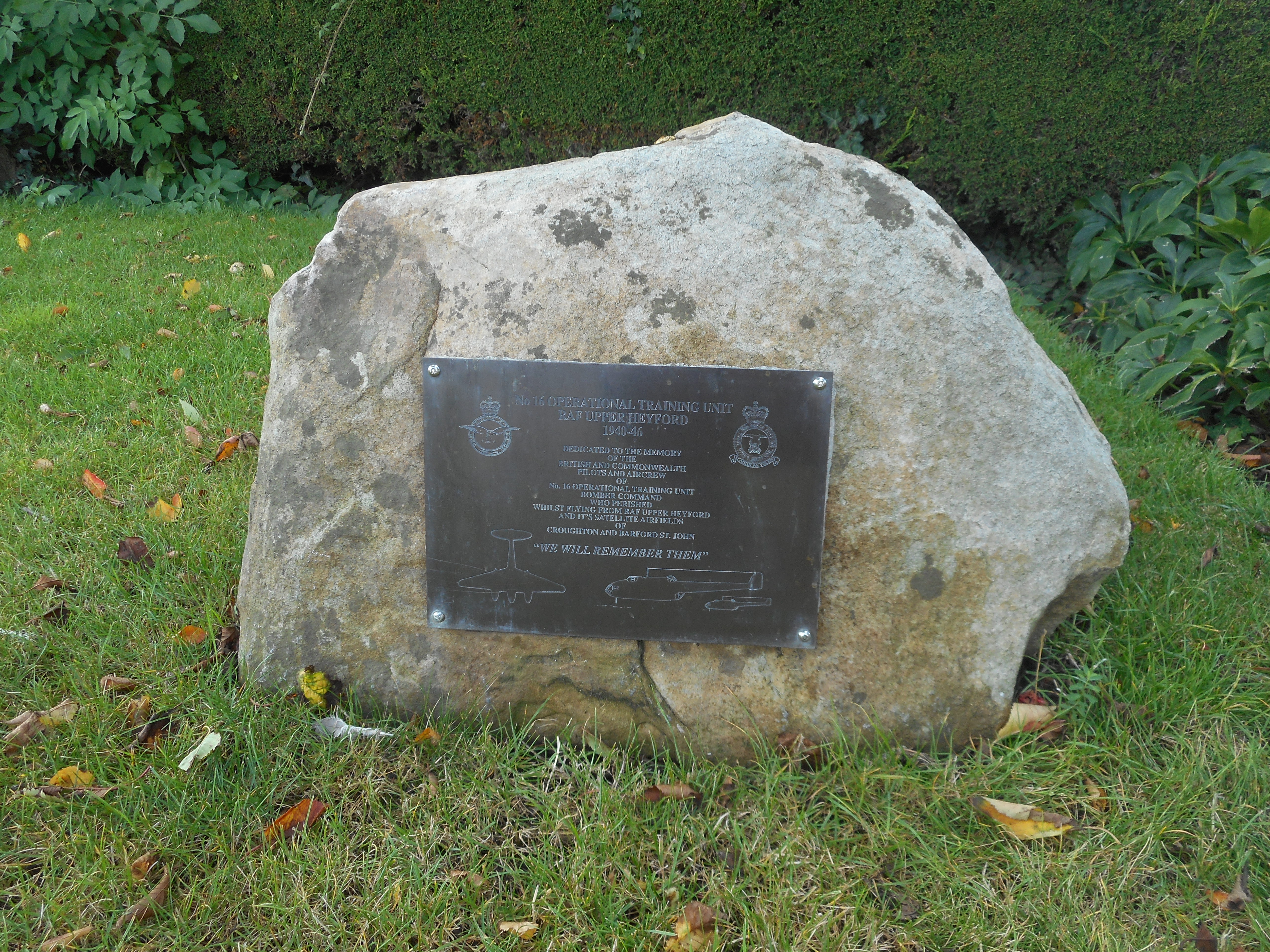Hull, George Laurence Bazett
Personal Information
| Rank | W/C |
| Forename(s) | George Laurence Bazett |
| Surname | Hull |
| Gender | M |
| Age | 34 |
| Decorations | DFC |
| Date of Death | 17-05-1946 |
| Next of Kin | Son of George Henry and Gladys Ethel Meldrum Hull, of Retreat, Cape Province, South Africa. |
Aircraft Information
| Aircraft | De Havilland Mosquito TIII |
| Serial Number | TW108 |
| Markings |
Memorial Information
| Burial/Memorial Country | United Kingdom |
| Burial/Memorial Place | Oving (All Saint's) Churchyard |
| Grave Reference | Row G, Grave 14. |
| Epitaph |
IBCC Memorial Information
| Phase | Post-War |
| Panel Number | POST (not yet erected on site) |
Enlistment Information
| Service Number | 37355 |
| Service | Royal Air Force |
| Group | |
| Squadron | 16 OTU |
| Trade | Pilot |
| Country of Origin | South Africa |
Other Memorials
| Location | Church of St. Nicholas, Cottesmore, Rutland |
| Country | United Kingdom |
| Memorial Type | Inscribed Stone Tablet |
| Memorial Text | This chapel is dedicated to the memory of the officers and men of the British and American forces stationed at Cottesmore who gave their lives for freedom, 1939-1945, The way of life goeth upward. |
| Location | Village Churchyard, Upper Heyford, Oxfordshire |
| Country | United Kingdom |
| Memorial Type | Memorial Stone & Inscribed Metal Plaque |
| Memorial Text | Dedicated to the memory of British and Commonwealth Pilots and Aircrew of No. 16 OTU Bomber Command RAF Upper Heyford |
Miscellaneous Information
| Known as Laurie or Bok. Originally from Southern Rhodesia, he had been a pupil at Bishops Diocesan College, Cape Town. After leaving, he worked in a gold mine until enlisting. He was commissioned in 1935. |
| He bacame a PoW on 18 April 1942 after his 114 Squadron Blenheim Z7430 RT-Q was damaged by light flak and crash landed at Aalsmeer during an intruder attack on Schipol airport. He had been the CO at 114 Squadron. He was sent to Stalag Luft III and took part in the preparations for the Great Escape, although was well down the list so was unable to escape before the tunnels were discovered. Took part in the Long Marches and was liberated from Hamburg. |
| Group Captain D. R. Biggs RAF DFC was his friend, having started their RAF career together. When Hull died, Biggs arranged for him to be buried at Oving where Biggs and his family lived. Every Sunday they put flowers on his grave before the church service. |
Commonwealth War Graves Commission
Last Operation Information
| Start Date | 17-05-1946 |
| End Date | 17-05-1946 |
| Takeoff Station | Cottesmore |
| Day/Night Raid | Day |
| Operation | Mosquito conversion training |
| Reason for Loss | The starboard engine failed at 1000 feet and the pilot attempted a forced landing. On the approach the aircraft struck trees, breaking the tailplane and the aircraft then hit high ground and disintegrated. Crashed at Goadby Marwood, Leicestershire. |





